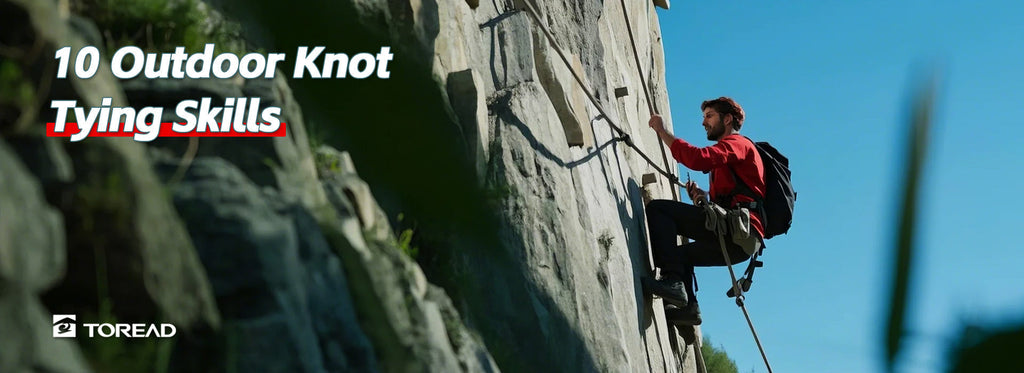
10 Outdoor Knot Tying Skills | TOREAD Outdoor Guide

2. Square Knot

Use: Creates a secure loop for rescue, climbing, or anchoring boats.
Steps: Form a small loop near the rope end, pass the working end through the loop, wrap around the standing line, and back through the loop.

Use: Creates a load-bearing loop mid-rope to isolate damaged sections.
Steps: Form three loops, pass the middle loop through the sides, and tighten。

Use: Temporarily secures ropes to poles or trees.
Steps: Cross the rope over itself twice around an object, then tuck the end under the second loop




Use: Adjusts tension on tent guylines or tarps.
Steps: Wrap the rope around a fixed object, make two half-hitches with a sliding loop, and adjust


